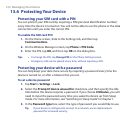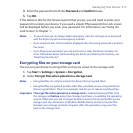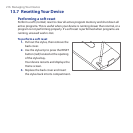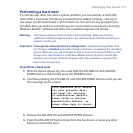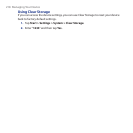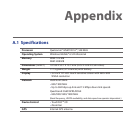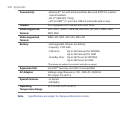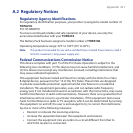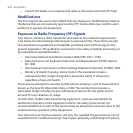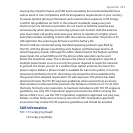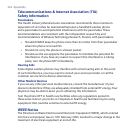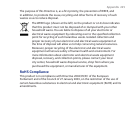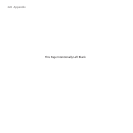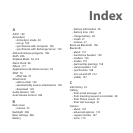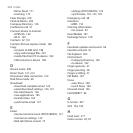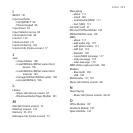222 Appendix
• Consult the dealer or an experienced radio or television technician for help.
Modifications
The FCC requires the user to be notified that any changes or modifications made to
the device that are not expressly approved by HTC Corporation may void the user’s
authority to operate the equipment.
Exposure to Radio Frequency (RF) Signals
Your device contains a radio transmitter and receiver. The radiated output power
is far below the international radio frequency exposure limits. These limits are part
of comprehensive guidelines and establish permitted levels of RF energy for the
general population. The guidelines are based on the safety standards previously set
by international standards bodies:
• American National Standards Institute (ANSI) IEEE. C95.1-1992
• National Council on Radiation Protection and Measurement (NCRP). Report
86. 1986
• International Commission on Non-Ionizing Radiation Protection (ICNIRP) 1996
• Ministry of Health (Canada), Safety Code 6. The standards include a
substantial safety margin designed to assure the safety of all persons,
regardless of age and health.
The exposure standard for wireless mobile phones employs a unit of measurement
known as the Specific Absorption Rate, or SAR. The standard incorporates a
substantial margin of safety to give additional protection for the public and to
account for any variations in usage.
As with other mobile radio transmitting equipment, users are advised that for
satisfactory operation of the equipment and for the safety of personnel, it is
recommended that no part of the human body be allowed to come too close to the
antenna during operation of the equipment.
Your device has an internal antenna. Use only the supplied integral antenna. Use of
unauthorized or modified antennas may impair call quality and damage the phone,



